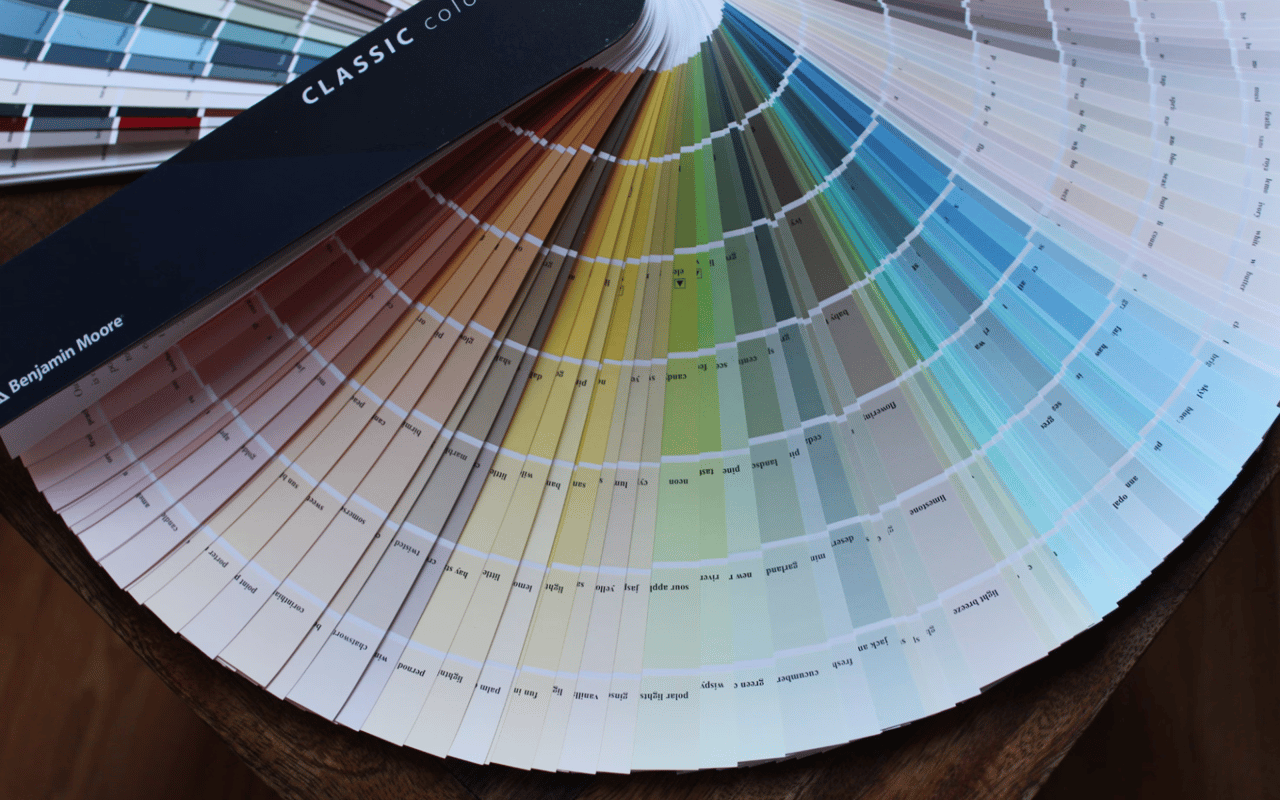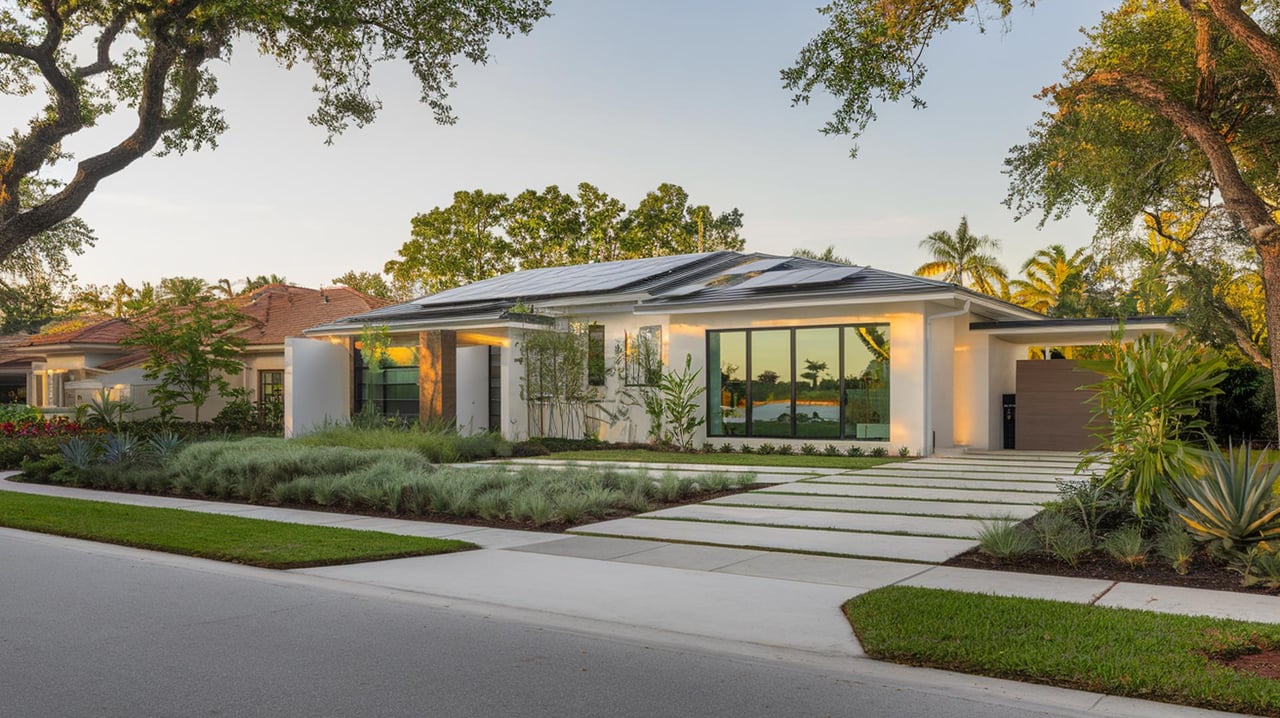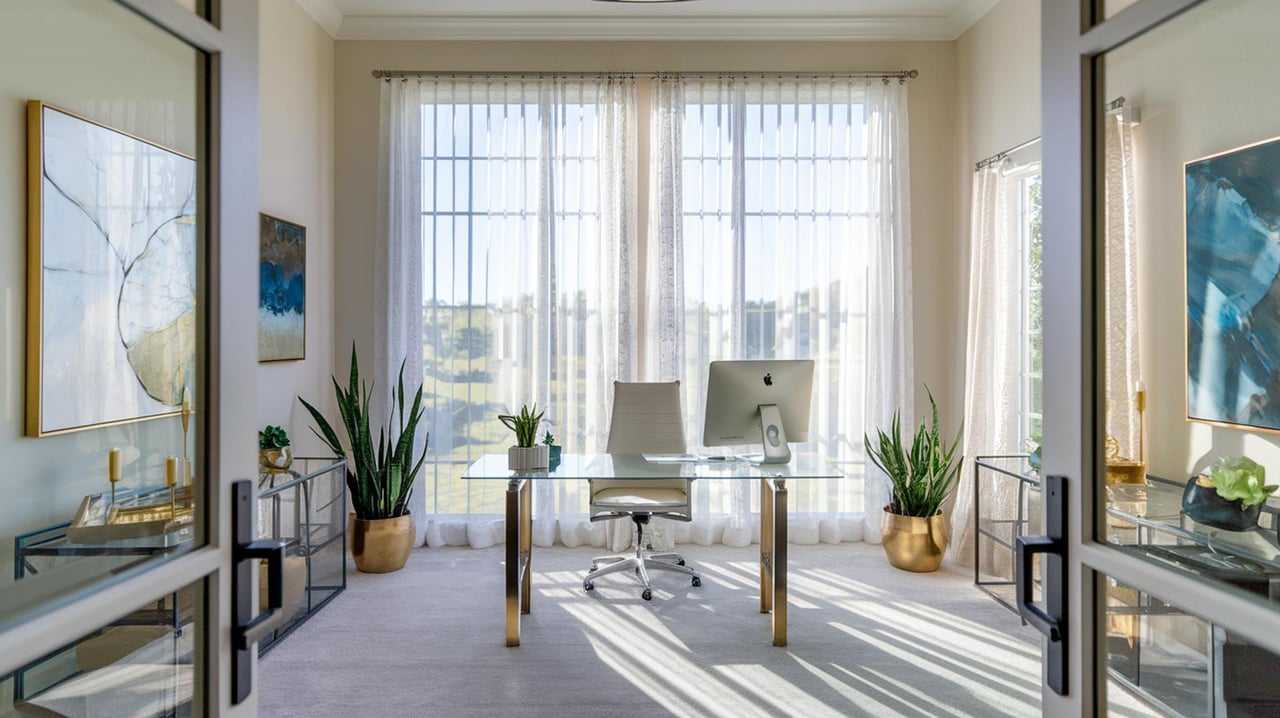Choosing the right paint color for each room in a home is not just a matter of aesthetics—it's a blend of art and science. The colors that surround us can significantly impact our mood, perception, and overall experience within a space. This makes the process of selecting paint tones for different rooms both exciting and daunting. By understanding the science behind color and its effects, one can make informed decisions that enhance the functionality and ambiance of every room. This article explores how to choose colors for a room by considering various scientific principles, design tips, and psychological impacts.
Understanding the Basics of Color Theory
At the core of choosing the right paint tones is color theory—a fundamental concept that explains how colors interact with one another. The color wheel, which organizes colors by their relationships, is an essential tool for anyone looking to select harmonious paint shades. The wheel is divided into primary, secondary, and tertiary colors, offering a visual representation of color relationships.
- Primary Colors: Red, blue, and yellow are the building blocks of all other colors.
- Secondary Colors: These are created by mixing two primary colors, resulting in green, orange, and purple.
- Tertiary Colors: Formed by mixing a primary color with a neighboring secondary color, these include shades like red-orange or blue-green.
Complementary colors, which are opposite each other on the wheel, create a high contrast and vibrant look when used together, while analogous colors, which are next to each other, offer a more subtle and cohesive aesthetic.
The Psychological Impact of Colors
Colors do more than just fill a space—they evoke emotions and influence behavior. When choosing paint tones for different rooms, it's crucial to consider the psychological effects of color. Here's a breakdown of how common colors affect mood and perception:
- Red: Known for its intensity, red can evoke strong emotions, increase energy levels, and stimulate conversation. It's ideal for spaces like dining rooms or entryways, where you want to make a bold statement. However, it may be too overwhelming for bedrooms or spaces intended for relaxation.
- Blue: Often associated with calmness and serenity, blue is an excellent choice for bedrooms and bathrooms. Lighter shades of blue can create a sense of openness and tranquility, while darker blues can add depth and sophistication to a space.
- Green: Symbolizing nature and renewal, green is both calming and refreshing. It's a versatile color that works well in almost any room, from living rooms to kitchens. Green can also improve concentration, making it a great choice for home offices.
- Yellow: Bright and cheerful, yellow is often associated with happiness and warmth. It works well in kitchens and dining areas, where it can create an inviting atmosphere. However, too much yellow, especially in its brighter forms, can cause anxiety or irritation.
- Neutral Colors (White, Gray, Beige): These colors are timeless and versatile, providing a neutral backdrop that can complement any decor style. White and light grays can make a room feel larger and more open, while darker neutrals add coziness and sophistication.
Considerations for Different Rooms
Each room in a home serves a different purpose, and the paint color should reflect that. Here's how to choose colors for a room based on its function:
1. Living Room
The living room is a social hub, a space for relaxation and entertainment. Neutral tones like beige, gray, or soft taupe are popular choices, providing a versatile backdrop for furniture and decor. Adding an accent wall in a bold color, such as navy or forest green, can create a focal point and add visual interest.
2. Bedroom
A bedroom should be a sanctuary, a place for rest and relaxation. Cool tones like soft blues, greens, and lavenders are ideal as they promote tranquility and calmness. For those who prefer warmer tones, a muted blush or warm gray can create a cozy yet peaceful atmosphere.
3. Kitchen
The kitchen is often considered the heart of the home, where families gather and meals are prepared. Warm colors like yellow, gold, or terracotta can create an inviting and energetic atmosphere, while whites and light grays offer a clean, modern look. Consider using a high-gloss finish for durability and ease of cleaning.
4. Bathroom
Bathrooms benefit from colors that evoke cleanliness and relaxation. Soft blues, greens, and neutrals are excellent choices. For a spa-like feel, consider using a pale aqua or soft gray. If the bathroom lacks natural light, lighter shades can help brighten the space.
5. Home Office
In a home office, color can significantly impact productivity and focus. Blues and greens are excellent choices for enhancing concentration and reducing stress. Alternatively, warm neutrals like beige or taupe can create a comfortable and professional environment.
6. Dining Room
Dining rooms are ideal for experimenting with richer, more saturated colors. Deep reds, burnt oranges, or even dark plum can create a sense of luxury and stimulate appetite. If the dining area is part of an open-plan space, consider using a complementary color to the adjacent rooms to create a cohesive look.
The Role of Lighting
Lighting plays a critical role in how paint colors appear in a room. Natural light varies throughout the day, affecting how colors are perceived. For instance, a room with ample natural light may allow for bolder, darker colors, while a space with limited light might benefit from lighter, more reflective tones. Artificial lighting, including the type of bulbs used, can also alter the appearance of colors. Warm light enhances warm tones like reds and yellows, while cool light can make blues and greens appear more vibrant.
Testing Before Committing
Before committing to a color, it's essential to test it in the room where it will be used. Paint samples on the wall and observe how they look at different times of the day under various lighting conditions. This step ensures that the chosen color will achieve the desired effect in the actual space.
Transform Your Home with the Perfect Colors
Choosing the right paint tones for every room involves more than just picking a favorite color. By understanding color theory, considering the psychological impact of colors, and taking into account the function of each room, one can make informed decisions that enhance the beauty and functionality of a home. The science of color is a powerful tool in creating spaces that are not only visually appealing but also aligned with the moods and experiences one wishes to cultivate. When done thoughtfully, color can transform any room into a personalized, harmonious environment.
Ready to enhance your home? Jamie Mckie is here to guide you through every step of the way. If you're preparing to sell, Jamie's real estate expertise ensures that your home stands out in the market. Reach out today to discover how the right color choices can elevate your property's appeal and value. Contact Jamie Mckie now to start your real estate journey.
Ready to enhance your home? Jamie Mckie is here to guide you through every step of the way. If you're preparing to sell, Jamie's real estate expertise ensures that your home stands out in the market. Reach out today to discover how the right color choices can elevate your property's appeal and value. Contact Jamie Mckie now to start your real estate journey.




